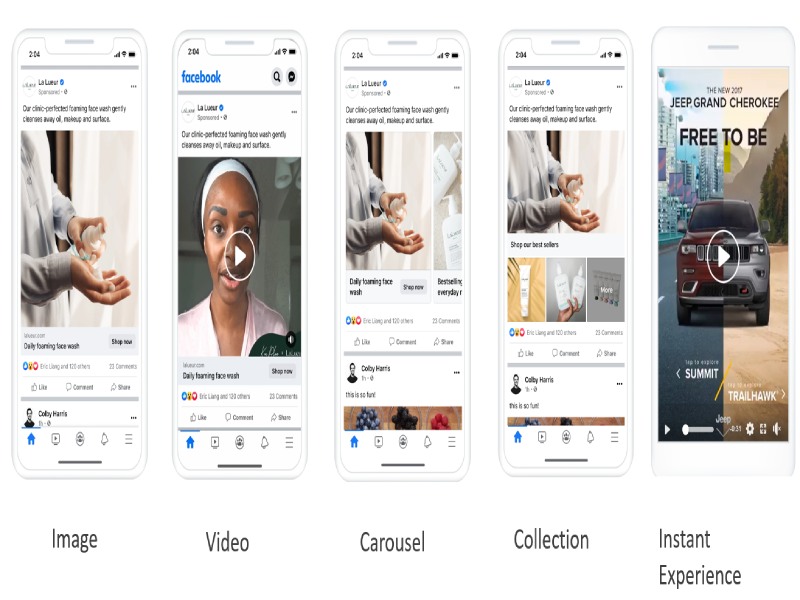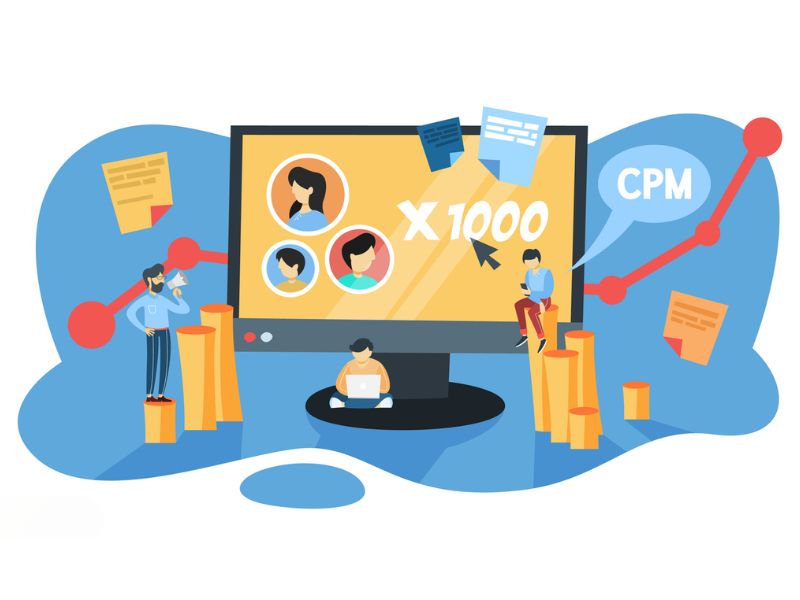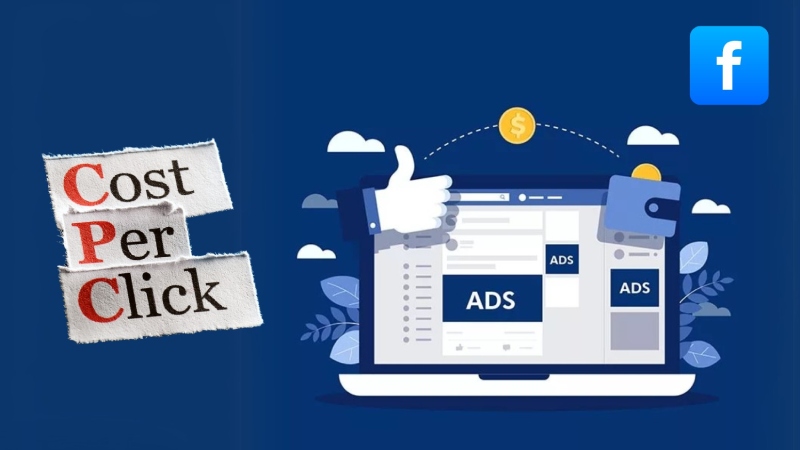When done right, shopping ads optimization can significantly boost your product visibility, drive high-intent traffic, and increase revenue. You need to actively manage and fine-tune every element of your product feed, bidding strategy, and ad creatives to stay ahead. In this in-depth guide, we’ll walk you through 15 proven tactics to help you get the most out of your Shopping Ads campaigns.
1. Optimize Product Titles
Your product titles directly impact ad relevance, visibility, and click-through rate (CTR). According to Google, well-optimized titles can increase CTR by up to 15%. In markets like the Philippines, mobile-first shoppers often scan quickly. Clear, informative titles reduce friction, improve search match relevance, and increase engagement.
Key strategies:
- Lead with high-volume keywords that mirror actual search queries.
- Include product-defining details: brand, model, gender, category, color, and size.
- Use a logical and uniform title structure across your catalog.
Example: Nike Air Max 270 – Men’s Running Shoes – Black/White, Size 10.
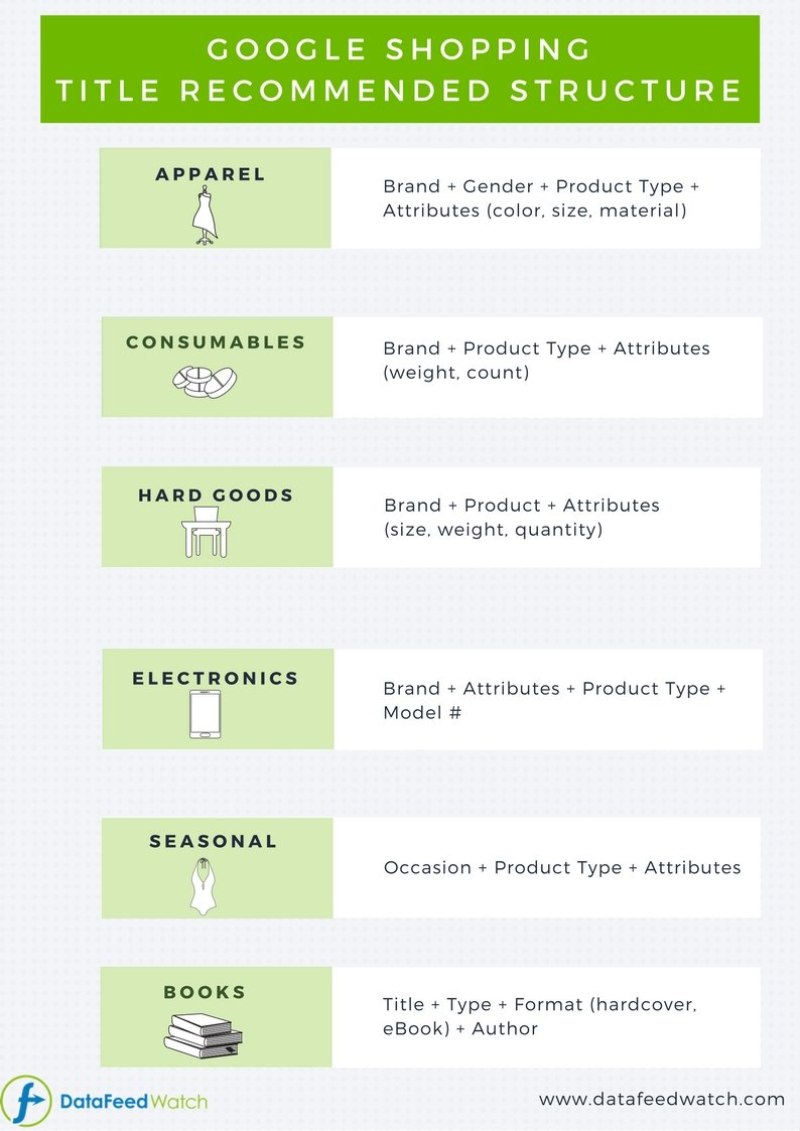
2. Enhance Product Descriptions
A compelling product description is both a conversion tool and an SEO asset. Google evaluates descriptions to match queries with relevance, so your copy needs to do more than describe – it should persuade. Descriptions with local relevance and emotional language see up to 20% higher conversion rates, as per Think with Google (2023).
Tips:
- Focus on benefits and unique selling points (USPs).
- Use structured formatting (bullet points, headers) to improve scannability.
- Include local context (e.g., “water-resistant material ideal for tropical climates”).
3. Use High-Quality Images
Images are often the first – and sometimes only – thing a user sees. Investing in high-quality visuals can drastically improve ad performance, and is one of the best practices for shopping ads optimization.
Best practices:
- Meet and exceed Google’s technical specs (minimum 1000x1000px).
- Avoid borders, logos, or text overlays.
- Use lifestyle images in addition to product-only photos.
Market note: Filipino consumers prefer authenticity. Showing products in real-life usage scenarios (e.g., a model wearing clothes outdoors) can boost engagement.
4. Provide Accurate Product Data (GTIN, MPN, Brand, etc.)
Structured product data ensures your ads appear for relevant searches and avoid disapproval.
Checklist:
- Always include GTIN (Global Trade Item Number), MPN, and brand.
- Fill out all optional attributes to boost ad eligibility and relevancy.
- Keep product data fresh and in sync with your inventory.
Why it matters: Products with complete and accurate attributes have a 20-40% higher likelihood of being shown in competitive Shopping results (Google Merchant Center Insights).
5. Competitive Pricing Strategy
Price is a primary driver of click-through and purchase decisions. Google Shopping is essentially a price comparison engine—stand out or lose out. A 5% price reduction can yield up to 30% increase in CTR when combined with strategic ad placement.
Tactics:
- Benchmark using tools like Price2Spy, DataFeedWatch, or Google’s Competitor Benchmarking Report.
- Implement dynamic pricing based on stock levels, demand, or seasonality.
- Offer value-added bundles (e.g., free shipping, limited-edition packaging) can be an useful approach for shopping ads optimization.
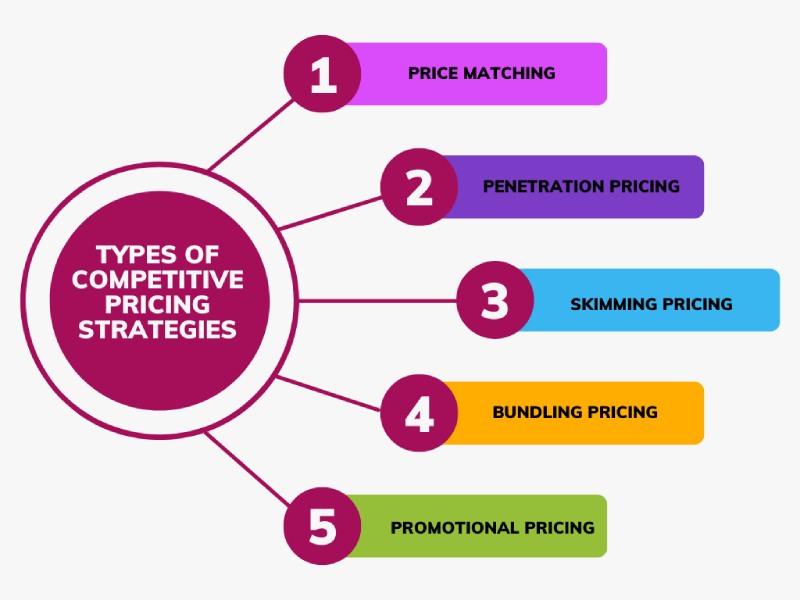
6. Improve Product Feed Quality
Your Shopping campaign’s performance lives or dies by the quality of your product feed. Google favors cleaner, more complete feeds in auction algorithms—better feeds = better placements at lower CPC. Effective shopping ads optimization often starts with a well-maintained product feed. Advanced tips:
Advanced tips:
- Regularly audit and clean up feed errors.
- Enrich your feed with custom labels (e.g., “high margin,” “sale,” “summer collection”).
- Use supplemental feeds to append missing or experimental data.
7. Segment Campaigns Properly
Segmentation gives advertisers granular control over where budget and focus are allocated. Brands that segment Shopping campaigns experience up to 35% better ROAS
Examples:
- Separate campaigns by product category, profitability, or stock availability.
- Create priority tiers: high-margin products in high-priority campaigns.
- Use geographic segmentation to test localized performance.
8. Optimize Bidding Strategy
Smart bidding allows advertisers to automate bid adjustments in real-time based on performance signals. The right bid strategy balances automation with control, helping prevent overbidding in low-converting segments.
Pro tips:
- Use Target ROAS for well-performing products with known margins.
- Use Manual CPC when launching new products to control spend.
- Adjust by device, time of day, and location based on analytics.
9. Utilize Negative Keywords
Every irrelevant click is wasted. Use negative keywords to refine targeting and improve ROI. Without a robust negative keyword strategy, advertisers risk burning through budget on unqualified traffic. For example, campaigns targeting high-end fashion can suffer from irrelevant traffic if generic terms like “cheap shoes” or “used bags” aren’t excluded. By refining negative keyword lists weekly, advertisers can reduce cost-per-conversion and improve ROAS significantly.
Actionable ideas:
- Regularly review the Search Terms Report in Google Ads to identify low-intent queries.
- Add negatives such as “free,” “DIY,” or unrelated brand names to eliminate poor matches.
- Create custom negative keyword lists tailored to campaign goals (e.g., profit-driven vs. awareness campaigns).
10. Optimize Landing Pages
The post-click experience needs to be as polished as the ad. According to Akamai, a 1-second delay in load time can lead to a 7% drop in conversions. Even though optimizing landing pages can be at the bottom of your brand’s list, however, improving its speed can be a great way of shopping ads optimization.
Best practices:
- Ensure page speed is under 3 seconds (especially for mobile).
- Maintain ad-to-page consistency (title, image, price).
- Offer local payment options like GCash, Maya, or COD.
11. Leverage Performance Max Campaigns
Performance Max (PMax) campaigns are a next-gen tool designed to maximize reach and conversion by using Google’s automation and machine learning. They allow your ads to appear across all Google networks – YouTube, Display, Search, Discover, Gmail, and Maps – with a single campaign.
Why it works:
- PMax campaigns automate bidding, budget allocation, creative optimization, and audience targeting.
- Google’s AI selects the best ad combination and placement in real time to match user intent.
NEMI Ads Strategy: For our clients in the Philippines, we localize asset groups within PMax campaigns, tailoring creatives and copy to Taglish language and local shopping behavior (e.g., showcasing GCash as a payment method or including phrases like “Check out na!”). Upload high-quality images and videos, experiment with local influencers’ UGC content, and monitor asset insights to refine creative strategy.
What to monitor:
- Asset performance ranking (low, good, best).
- Conversion value and ROAS by audience signals.
- Location-based performance segmentation.
12. Monitor & Analyze Performance Regularly
Constant performance review ensures your campaigns stay profitable. Use Google Ads reports to track CTR, CPC, ROAS, and more.
Tools to use:
- Google Analytics 4 (GA4) for on-site behavior tracking
- Google Ads Report Editor for segment-level data
- Looker Studio dashboards for visual performance tracking
A/B Testing Opportunities:
- Test bid strategies across different campaigns.
- Test descriptions that highlight different USPs.
- Use audience segment reports to tailor retargeting.
13. A/B Testing
A/B testing (also known as split testing) is the most effective way to uncover what drives better performance in Shopping Ads.
Testing opportunities include:
- Product titles: feature-driven vs. benefit-driven wording.
- Images: plain product photo vs. lifestyle photo.
- Promotions: with vs. without urgency (“Limited Time Offer”).
Execution tip: Use Google Ads Experiments to run structured tests without disrupting your main campaigns. Use statistical significance thresholds to ensure valid results.

14. Utilize Merchant Promotions & Discounts
Special offers can make your listing stand out among competitors in Shopping Ads.
How to use:
- Use the Google Merchant Promotions tool to add offers like “Buy 1 Get 1 Free” or “10% Off.”
- Show discounts visibly in the feed using the sale_price attribute.
- Highlight value-added bonuses like extended warranty or gift packaging.
15. Retarget High-Intent Shoppers
Most shoppers don’t convert on their first visit—but they’re more likely to convert after seeing your product again. Layer remarketing lists with Google Audiences like “Similar Audiences” or “In-Market” segments to expand reach.
Why it matters:
- Remarketing helps re-engage users who showed interest (viewed or added to cart).
- Returning visitors convert at up to 2x the rate of new visitors (CXL Institute).
How to execute:
- Enable Dynamic Remarketing in Google Ads to show tailored product ads based on browsing behavior.
- Segment audiences by action: cart abandoners, product viewers, site visitors.
- Exclude converters to avoid wasted impressions.
- Combine with time-limited offers to trigger urgency.
Achieving consistent ROI through Shopping Ads takes more than turning on a campaign – it requires continuous, thoughtful optimization tailored to your audience. From crafting data-rich feeds to refining creative and pricing strategies, every detail matters and can be an effective shopping ads optimization.
At NEMI Ads, we specialize in eCommerce growth across Southeast Asia, with deep expertise in managing high-performing Shopping campaigns for the Philippine market. Let us help you unlock the full potential of your product catalog—connect with us today to elevate your Shopping Ads strategy.


